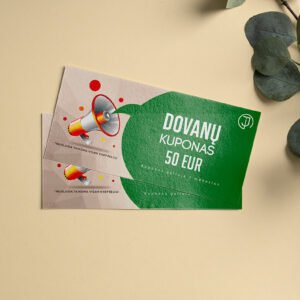✅ Poster layout - the main function of the poster is to capture the audience in motion with the message. Think of one aspect of information that needs to convey a message and plan your design around that.
Poster design is a creative process that allows you to convey information visually, promote products, events or services and attract attention. Here are some tips on how to create an effective poster layout:
- Clarity and simplicity: The message should be clear and easy to understand at first glance. Avoid information overload – use short and impactful sentences to grab your audience's attention.
- Graphic design: Using bright and attractive images, graphics or colors can significantly increase the appeal of a poster. Choose images that match your message and will grab your audience's attention.
- Correct text size and font: We will make sure that the text is easy to read. We will choose the right font and size so that the message is clear and legible from a distance.
- Brandbook and uniform style: The poster should match the style of your product or event and reflect the vision of your product or service. Using consistent elements such as your logo, color scheme and fonts will ensure your product or event is recognizable. If you don't have a brandbook, you can use our service: Brandbook creation
- Hierarchy of information: Important information should be arranged hierarchically, with the most important information at the top and the less important information at the bottom, in smaller and less noticeable font.
- Use colors appropriately: Choose colors that match the theme of your product or event, but are also eye-catching. Colors can be used to make a poster stand out and draw attention.
- Pay attention to the format: Choose the appropriate poster format (eg A3, A2, A1) depending on where you plan to display the poster.
Remember that the creative process is very important when creating a poster. Be creative, experiment with design and colors, but at the same time do not lose the clarity and comprehensibility of the main message.
You can read more information on our blog: LiJIA










